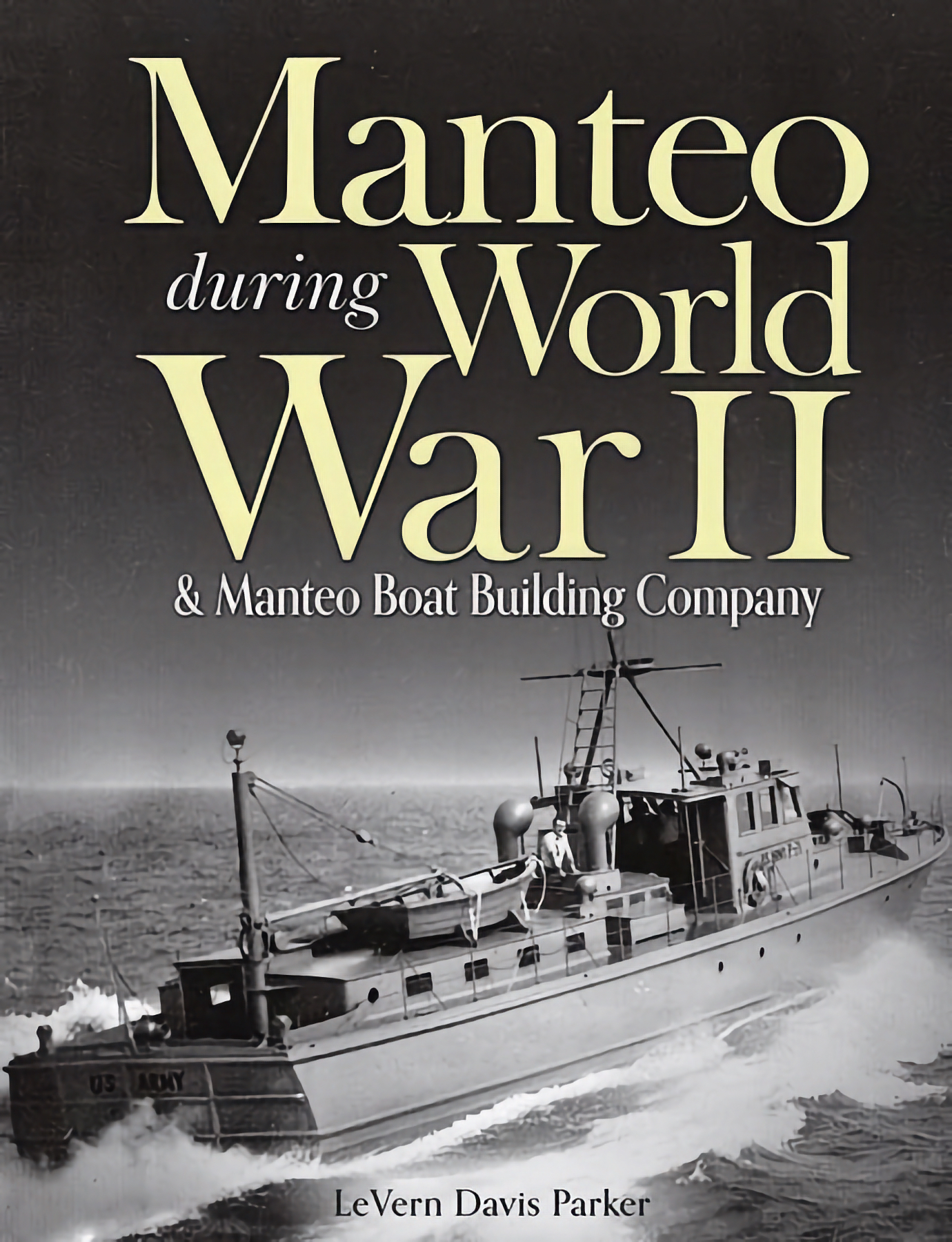New Book about Manteo Tells Story of Outer Banks Boatbuilding during WWII
LeVern Davis Parker grew up in Manteo and left for several years to pursue a career in education, but the draw of her hometown has always been there.
She’s a trained historian—she has a master’s degree in history and has taught history and geography in public schools for years. And if she has a passion, it’s WWII.
“World War Two is my thing. That’s what my master’s degree is in,” she mentioned when asked about her background.
That background and love for her hometown make for a compelling, wonderful read in her latest book, Manteo during World War II & Manteo Boat Building Company.
What makes the book stand out, though, is how complete the picture she draws of Manteo, the Outer Banks, and the Manteo Boat Building Company.

As WWII raged in Europe, the US Government knew it had a lot of problems, not the least of which was an inadequate ability to produce watercraft for the armed forces.
By 1941, the government had created five boatbuilding companies in North Carolina. The largest by far was the Wilmington shipyard, officially known as the North Carolina Shipbuilding Company. However, the government also awarded contracts to smaller companies in New Bern, Washington, Elizabeth City, and Manteo.
The smaller shipyards concentrated, for the most part, on building wooden ships—a skill Outer Banks shipbuilders had in abundance. From the time the company was created in 1941 until it closed its doors in 1945, more than 70 watercraft were built, including a number of 104’ and 83’ air rescue ships—all of them wooden.
The Manteo Boat Building Company came into existence in February of 1941 when 12 local businessmen bought shares and formed the company. It’s fair to say, though, that Robert Bruce Etheridge, director of the North Carolina Department of Conservation and Development, was instrumental in bringing the company into existence.
Etheridge, with deep ties to the Outer Banks, pushed to bring the government largesse to his hometown. In her book, Parker writes that he “instructed his staff…to inquire about obtaining contracts for government boat building on Roanoke Island and to determine whether it was advisable for some group to form a boat building company.”
The company’s first order was 20 training dinghies for the US Naval Academy. The order was completed on time and on budget, although there is reason to believe the Manteo Boatbuilding Company lost money on that first order.
But that first order enabled the company to move onto larger, more complex projects, which was an economic boon for the town. At its height of employment, the company had 200 people on its payroll—that in a town with a 1940 population of 571.
And they paid good wages, too. At a time when a typical day laborer was making $.35 per hour, the Manteo Boat Building Company was paying $.80 per hour.
It was too good to last…mostly, as Parker found in her research, because even as orders slowed, executive compensation soared, and by 1945, the company was out of business.
The book is about much more than the Manteo Boat Building Company.
Parker’s meticulous research takes readers to pre-WWII Manteo and 1939 when downtown Manteo burned to the ground. From those ashes, the town rebuilt itself. Some of that was through federal dollars that built a modern sewer system and a water treatment plant. Some of that was through grit, and indeed, the Manteo Boat Building Company was a part of the rebuilding.
But the horror and heartbreak of WWII are also an important part of the book. Sixteen Dare County residents lost their lives in the war, and Parker was able to track down a remarkable amount of biographical detail about most of them, including their final action.
It is a fascinating book and one that takes readers back to a very different time and place on the Outer Banks, and does so with extraordinary detail.
This is the author’s second book. Her first book, Our Family, Its History Their Boats: Six Generations of Boat Builders in Dare County, traces the history of boatbuilding in Dare County through Parker’s family roots.
Manteo during World War II & Manteo Boat Building Company is available at Downtown Books in Manteo, Duck’s Cottage and Books in Duck, and Buxton Village Books. LeVern Davis Parker may also be contacted directly at [email protected].
